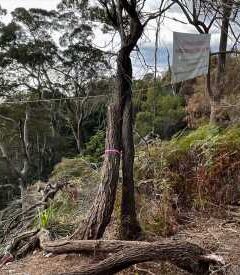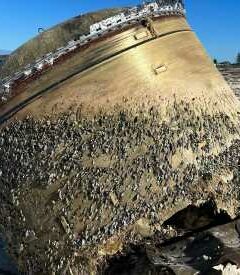Home » Australasia »
Australia’s Migrant Camps Are ‘Crime Against Humanity,’ Lawsuit Claims
MELBOURNE, Australia — Asylum seekers who attempted to reach Australia by boat but were instead detained in offshore camps are suing the government, claiming that they have been subjected to “torture” and “crimes against humanity.”
In two class action lawsuits filed in the country’s High Court on Friday, about 1,200 migrants detained on the islands of Nauru and Manus, Papua New Guinea, say that the conditions in the facilities and mistreatment by the Australian government amounted to negligence.
What do the detainees claim?
The detainees, represented by the National Justice Project, a human rights group, say that through arbitrary imprisonment, deprivation of liberty, denial of medical care and a lack of adequate food, water and a safe environment, the Australian government has violated international law and abrogated its “duty of care” for asylum seekers.
Such negligence, the detainees’ lawyers argue, meets the definition of torture and crimes against humanity. They are seeking an injunction which would transfer the asylum seekers to safety in Australia, as well as reward damages.
What constitutes a crime against humanity?
The class action relies on the definition of a “crime against humanity” as determined by the International Criminal Court and Australia under Section 268 of the Commonwealth Criminal Code, which includes torture, imprisonment, persecution and inhumane acts.
In documents submitted to the court, detainees describe conditions on the islands that include “high levels of self-harm, including self-cutting, lip sewing, swallowing rocks, burning with cigarettes” and “refraining from eating and drinking.”
What is the government’s position?
The Department of Home Affairs declined to comment on the lawsuits, but has previously claimed that conditions at the detention facilities meet international humanitarian standards and that the department takes the health and safety of detainees very seriously.
High rates of suicide and self-harm on Nauru have led international medical teams to call for the complete evacuation of the facilities, and some opposition lawmakers have proposed transferring detainees needing medical attention to Australia.
[Sign up for the Australia Letter to get news, conversation starters and local recommendations in your inbox each week.]
David Coleman, the immigration minister, called such evacuations an “absurd proposition,” and Prime Minister Scott Morrison said it risked turning the detention facilities into “a transit lounge.”
How did Australia get here?
In 2001 — after a boat carrying 433 asylum seekers, mainly from Afghanistan, became stranded in international waters near Australia — the government strengthened its border-control policies and established the first offshore migrant processing facilities.
Since then, the detention facilities have been widely criticized, but the Australian government has defended the policy, saying that it deters human traffickers and the migrants who would make the perilous sea crossings.
What’s next?
Lawyers said that they anticipated a lengthy legal battle. The suit was filed in the High Court but will probably be remitted to the federal court if facts in the case are disputed, they said.
Even if the legal battle takes time, lawyers said they hoped that their case would sway politicians to reconsider their stance on asylum seekers. The “ideal outcome,” said George Newhouse, a lawyer for the National Justice Project, would require the government to move the migrants “to a place where they could live in safety.”
Follow Livia Albeck-Ripka on Twitter: @livia_ar
Want more Australia coverage and discussion? Join us in our Facebook group, sign up for the weekly Australia Letter and start your day with the Australian Morning Briefing.
Source: Read Full Article


